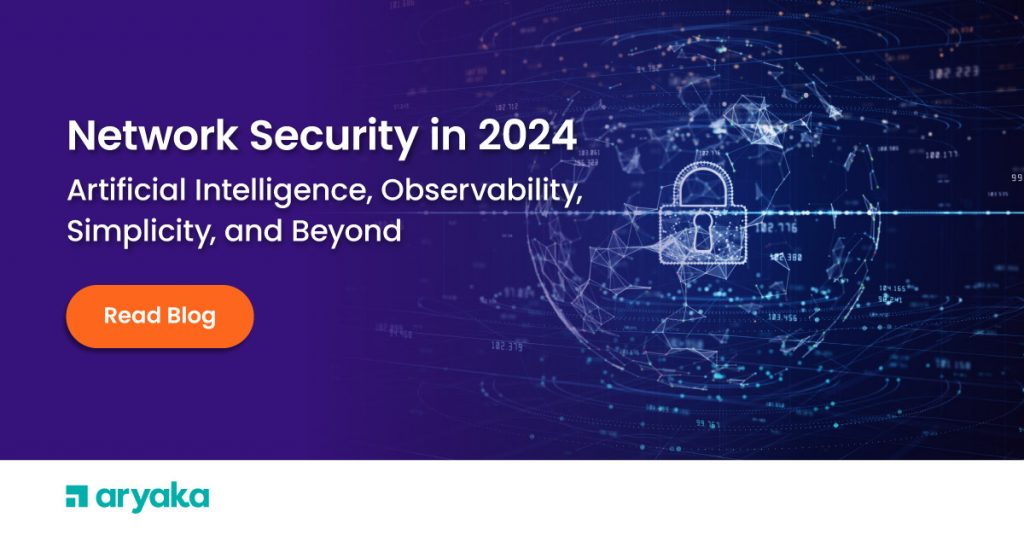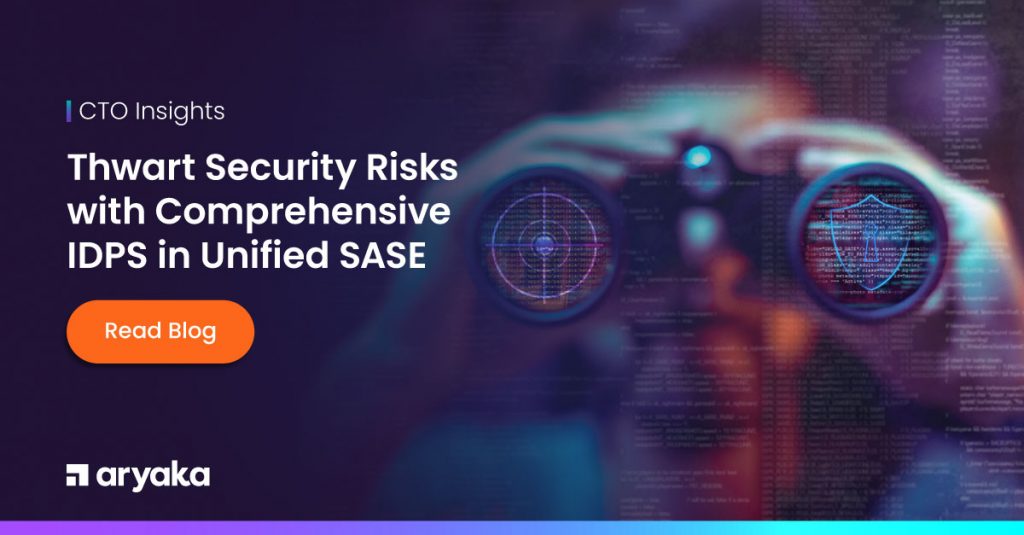What CIOs Can Do To Plan For The Post-Pandemic Workplace

It is often said that work is not a place you go to but what you do.
The pandemic has put a spotlight on all forms of work that can be done from anywhere other than the traditional office environment and forced a rethink of hybrid workplaces. Almost no industry is immune from the change this has caused, as business models shifted rapidly to adapt.
Consider these trends:
- Healthcare: More people were looking to consult with doctors via videoconferencing than office visits for extended periods of time. I received my flu shots in a drive-thru without getting out of the car.
- Retail: Online merchants thrived during the pandemic, conducting more business than ever before as traditional stores shuttered or changed their business models.
- Food Services: The delivery industry thrived as door-to-door delivery became the norm.
- Tech Companies: Companies with a SaaS model thrived. Cloud computing adoption has accelerated.
- Real Estate: Home tours became virtual, and some city inspectors did their inspections via FaceTime and videoconferencing even as traditional work environments have shuttered down.
CIOs are seeing these trends manifest themselves not just within their own companies but across their customer base as well. They recognize that the pandemic has brought new revelations about doing business that will challenge the status quo of workplaces and workspaces for long after its effect has subsided. These revelations are raising questions about office footprint, employee roles, security, productivity and much more.
Therefore, while they all have leveraged technology to adapt and make changes in the short-term to deal with the immediate ramifications of the pandemic, to ensure business continuity and employee productivity, they also recognize that a greater rethink of the fundamental architecture is required to address the long-term in the context of the wide area network (WAN) that acts as a binding connectivity glue across their different offices.
While the growth of videoconferencing and remote access have been covered in mainstream publications to a considerable degree, this article will look at a few other areas that may not be given as much coverage but are of strategic importance.
Based on my experience, here are five areas that are getting consideration with forward-thinking CIOs in the context of the WAN:
1. As-a-service (aaS) delivery with a “cloud-first” approach.
There is a recognition that the as-a-service delivery with consumption-based approaches is more amenable to managing change and meeting the dynamic demands of business. If applications and compute can be delivered as a service, then the network shouldn’t be behind. I’ve found that traditional box-based do-it-yourself (DIY) models are taking a back seat — especially when it is challenging to deploy human expertise in disparate locations or troubleshoot them later — and that the ability to manage bandwidth, security, application usage, etc., with zero-touch deployment is gaining prominence. The move toward fully managed solutions with an integrated approach conducive to troubleshooting is likely to take precedence at affordable cost points.
2. Convergence of network and security for on-site and remote access deployments.
Network and security decisions were taken somewhat orthogonally, as these solutions usually came from different vendors except in the case of large vendors — and even in such instances, security appeared to be bolted on with chinks in integration and disparity of management planes. The move toward a secure edge, which analyst firm Gartner, Inc. calls Secure Access Service Edge (SASE), with centralized policy definition and enforcement is further accelerating the convergence of network and security constructs for both on-site deployments as well as remote access workers.
3. Preparing for 5G.
The next few years will result in 5G proliferation. With lower latencies, speeds that are theoretically 100 times faster than 4G and higher bandwidth, it will give rise to a new class of applications that are built to take advantage of this spectrum. This is expected to give rise to new classes of industrial-grade applications, including opening up vistas that will leverage AR/VR and high-definition video streaming. Companies can take advantage of this to make changes to their business model. Adjustments to WAN infrastructure and capacity can be made as appropriate.
4. Harnessing data intelligence with AI/ML.
With IoT, remote access and edge entities generating data, the volume is already trending up. Further, data regulation and privacy requirements are becoming more fragmented. Being able to make sense of this data in order to get the right insights is no small undertaking, and many CIOs are investing in intent-based tools and platforms both at the edge as well as in the cloud that are powered by artificial intelligence and machine learning principles. Automation at scale is also becoming a first principle.
5. Promise of any application, at any location, for any deployment model.
The utopian state is to deliver a very consistent application experience to any user or site — regardless of location. It could be delivered as a SaaS or on-premise. The “branch of one” is certainly demanding a lot of attention during the pandemic, as every user is a remote office and requires all the privileges to be the most productive. Enterprises not wanting to own their own real estate or go for expensive leases will depend on WeWork-like models for their smaller sites and expect that an ISP connection with internet would suffice for most of their needs while only critical sites would require premier links with private address space and service assurance
While there are several additional trends, CIOs can benefit from developing blueprints for a shorter three-year horizon (instead of five-year) that would be underway post-pandemic. They would do well to validate it not just with their internal stakeholders but by also actively engaging with their own customers and peers to get greater insights with broader perspectives in a rapidly changing landscape.
This article was originally published on Forbes.






